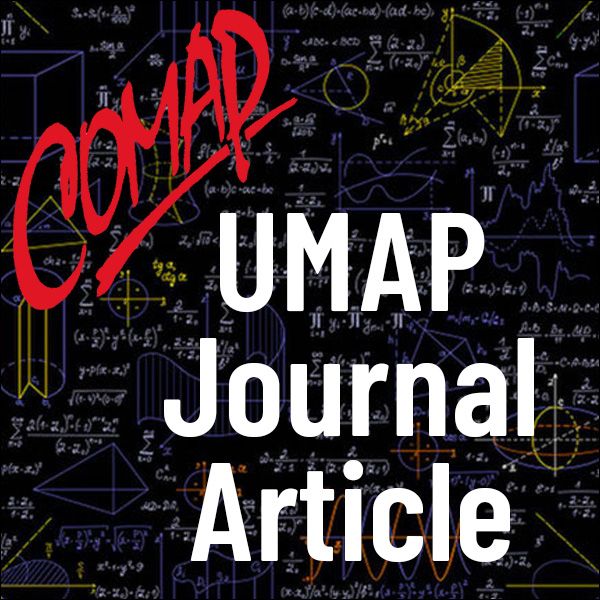A Model of the Activated Sludge Process (UMAP)
Author: James A.Walsh
The Adam Joseph Lewis Center for Environmental Studies (CES) opened for classes at Oberlin College February 7, 2000. Hailed as a "conservationist's dream," it serves as a "model for sustainable architecture and a holistic laboratory for students and the community" [Oberlin College 2002]. For example, one long-term goal is to have the building produce more energy than it uses. Also notable is the fact wastewater generated in restrooms in the CES is treated on site. The Living Machine in the CES is a natural wastewater treatment system. It is designed to treat 2,470 gallons per day of sewage generated in restrooms. The treated water is reused as toilet and urinal flushwater in CES restrooms (not as potable water). I was interested in using the Living Machine as motivation for a model suitable for my sophmore-level ordinary differential equations course. To that end, I was fortunate to locate Curds [1971], which was easily converted into a project for my students. The model is presented in the following sections with comments based on my experience using this material in class. Before assigning this project, I arranged for a tour of the Living Machine to enable my students to see the various reactors and learn details of this treatment process firsthand from a system operator.
Table of Contents:
INTRODUCTION
MODEL DESCRIPTION
CONTENTS OF THE REACTOR
Bacteria
Effluent
Bacteria Substrate
Ciliated Protozoa
MODEL EQUATIONS
SIMULATIONS
Free-Swimming Ciliates
Attached Ciliates
MODEL VS. LIVING MACHINE
COMMENTS
APPENDIX: EXERCISES
REFERENCES
ACKNOWLEDGMENT
ABOUT THE AUTHOR

Mathematics Topics:
Application Areas:
You must have a Full Membership to download this resource.
If you're already a member, login here.